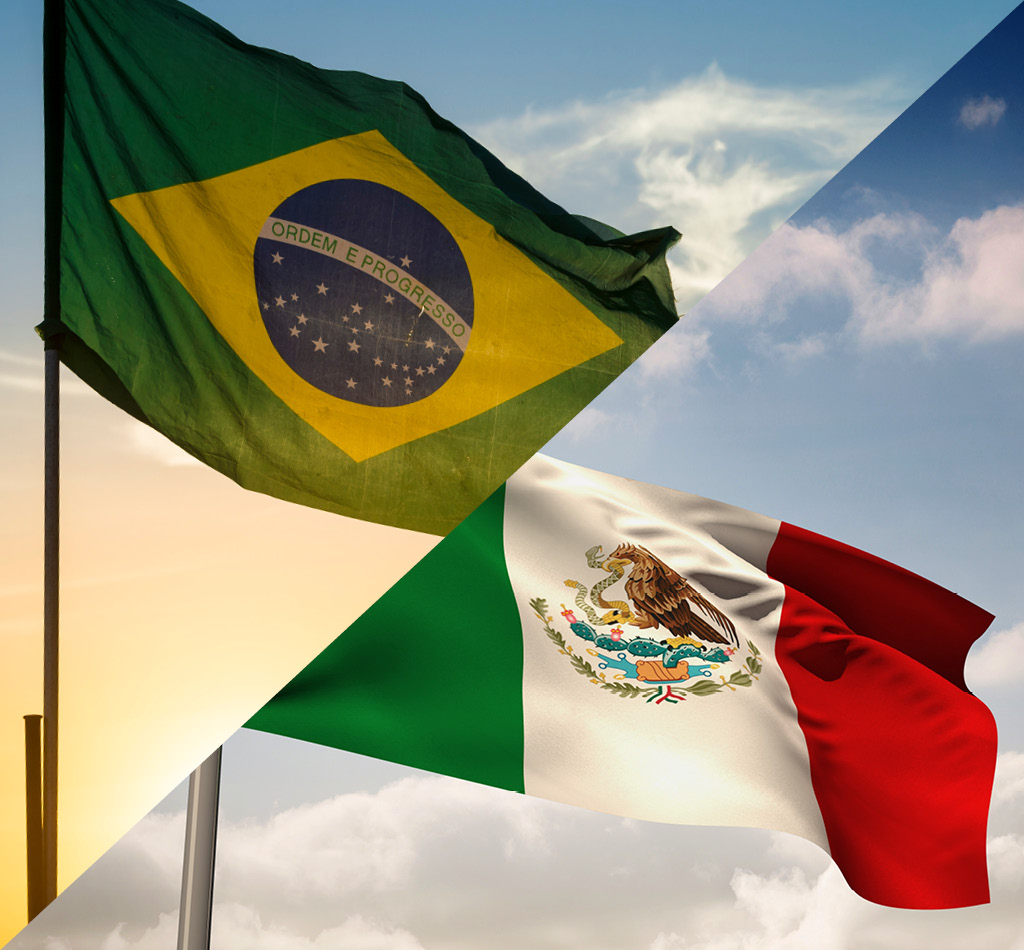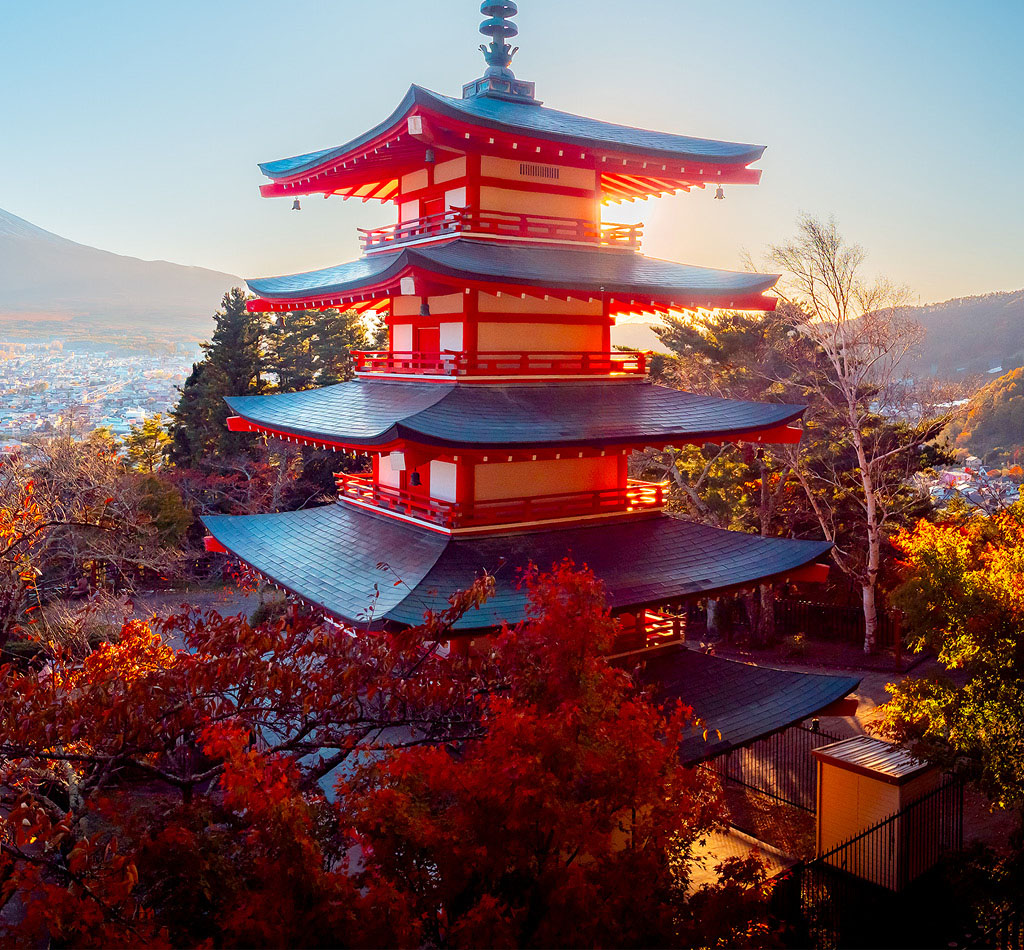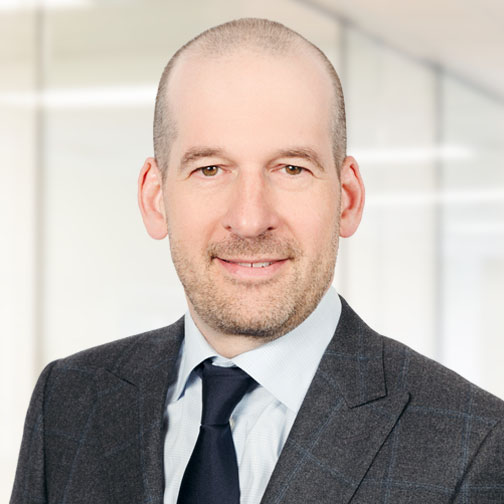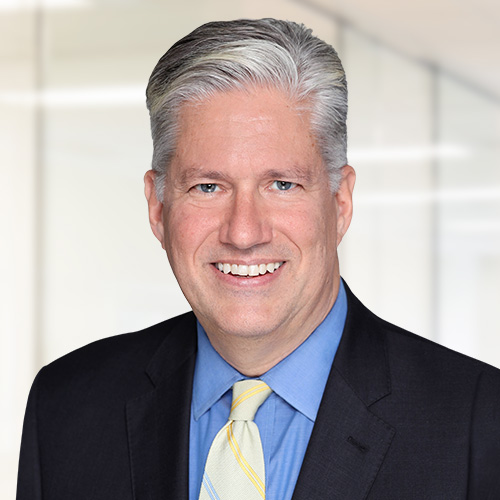Commentary
K-series part 2: Big, beautiful K‑cosmetics
August 13, 2025
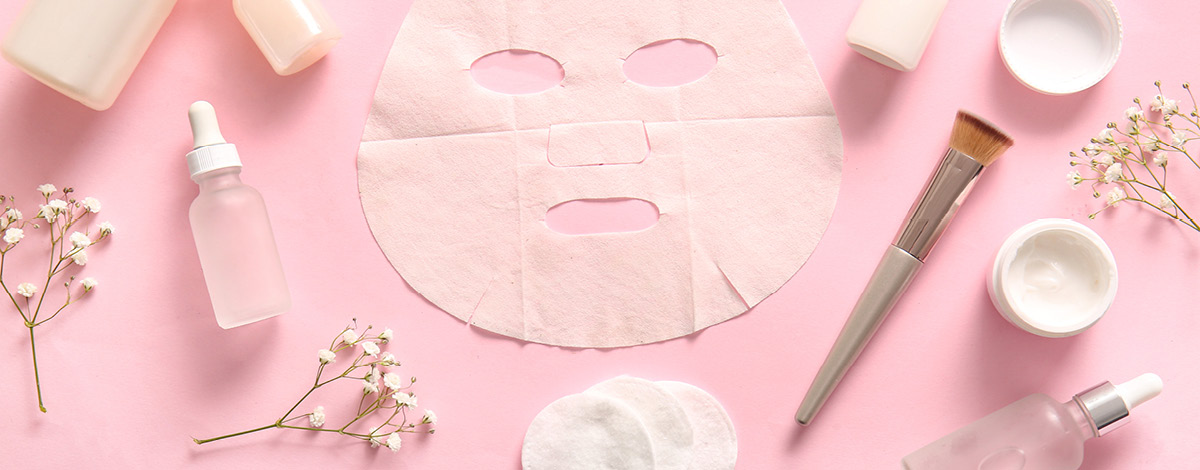
In the world of cosmetics, France has been the undisputed number one with its array of global brands: L’Oréal, Lancôme, Sisley, Vichy, Clarins…the list goes on. But with the emergence of Gen Z consumers (born between mid-1990s and early-2010s), whose purchasing behaviour is influenced by social media and are known to be intrepid in trying out new products (less brand loyalty), and the greater acceptance of Korean culture, or “K-culture” abroad, K-cosmetics have gained a foothold in the global market. In 2024, Korea became the number one exporter of cosmetics to the United States with USD1.7 billion (22.4% market share) surpassing France at USD1.3 billion.
Korea maintained its position as the top exporter of cosmetics to Japan, the world’s third-largest cosmetics market, for the third year in a row. Korea also became the third-largest exporter of cosmetics in the world last year, surpassing Germany (USD9.1 billion) and after France (USD23.3 billion) and the United States (USD11.1 billion). Korea is expected to surpass the United States as the second-largest exporter of cosmetics by the end of this year or next year.
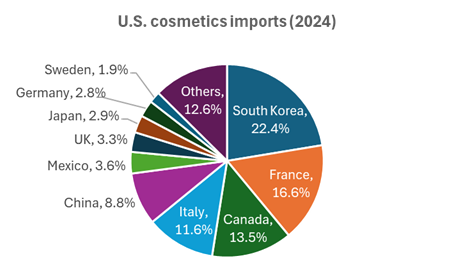
Source: IHS Markit Connect Global Trade Atlas (June 10, 2025)
Consumers of Korean cosmetics outside of Korea are no longer confined to Asians. K-cosmetics now have a wider acceptance across race and ethnicity.
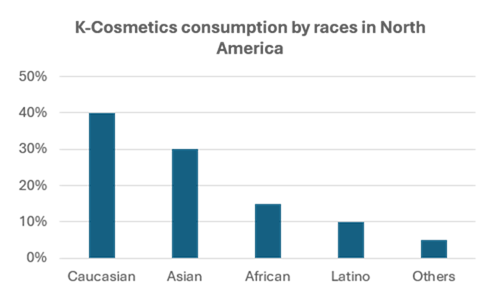
Source: Ministry of Food and Drug Safety (South Korea)
China remains the largest market for K-cosmetics, but not by far, followed by Asia ex-mainland China, the United States and the European Union, the latter of which has been seeing strong growth.

Source: Korea International Trade Association
Note: EU5 includes Germany, France, Italy, Spain and the UK
What explains K-cosmetics’ success?
- Product innovation: In 2008, Amorepacific Corporation (090430 KS) released the “Air Cushion,” the world’s first multifunctional, cushion-type cosmetics delivery mechanism that forever changed how foundations are applied on to the skin. More recently, there was the innovation of the “Reedle Shot” – a skincare treatment that utilizes micro-needling to deliver active ingredients deeper into the skin. It does not use actual needles – it is a cream that can be applied directly on skin, first commercialized by VT Cosmetics (under VT Corp. Ltd.) (018290 KS).
- High quality for the price: When it comes to taking care of the skin, Korean women are known to be meticulous. They have very high standards for quality and this is why Korea is often the testbed for global cosmetics brands before their global launch of new products.
- Product variety: As of December 2024, there were over 30,000 indie cosmetics brands in Korea. When it comes to skincare, there is no “one size fits all.”
- Digital marketing: People have different skin types and most indie brands are sold online. This is where marketing via social media and leveraging the power of influencers or KOLs (key opinion leaders) comes into play. One can have a vicarious “try-me” experience by watching others use a product. After all, these indie brands cost a fraction of L’Oréal and Gen Zs are not afraid to try new products.
Product innovation, high quality, reasonable prices and product variety are enabled by K-cosmetics’ supply chain that has developed and grown over the years. Korea is home to the world’s largest cosmetics ODM (original design manufacturer), Cosmax Inc. (192820 KS), and Kolmar Korea Co. Ltd. (161890 KS) in the top five.
Cosmetics ODM is a picks-and-shovels business, making it less risky than investing in a particular cosmetics brand itself. Not surprisingly, there are a fewer number of ODMs compared to cosmetics brands. Playing an equally important role in the K-cosmetics supply chain, having the same business model, but in a more consolidated space, are container manufacturers.
Investment spotlight: Pum-Tech Korea
Pum-Tech Korea Co. Ltd. (251970 KS) in our portfolio is the largest cosmetics container ODM in Korea. As the name begins to insinuate, the company is known for its pump technology (tubes and other applications) and was the first to develop pump tubes in Korea in 2002. In 2009, not long after Amorepacific’s Air Cushion, Pum-Tech developed “Airless Compact” that utilized a small hole in the compact to control the amount of foundation per use and prevent contamination of foundation from air. The container for Shiseido’s roll-on sunscreen (“sun stick”) was also developed by the company.
Since its establishment in 2001, Pum-Tech has never had a down year in revenue driven by innovative products. The company owns approximately 5,000 stock moulds (in addition to custom moulds for specific customers), combinations among which offer customers containers of all sizes and shapes to choose from. The company currently serves over 500 brands globally, including L’Oréal, Estée Lauder and Shiseido. Pum-Tech’s manufacturing process boasts high levels of automation, and new capacity is expected to come online in H2 2025 and next year to meet increasing demand.
